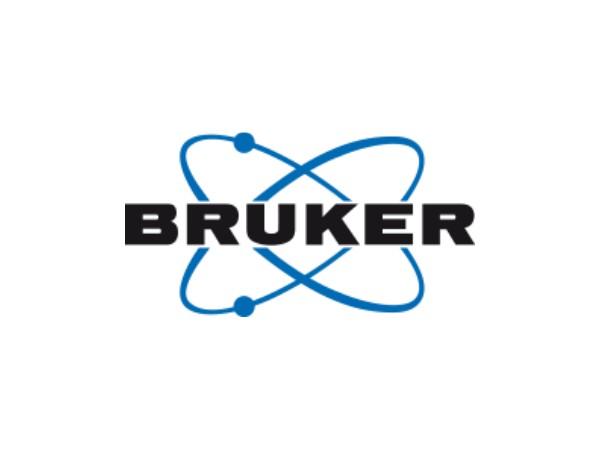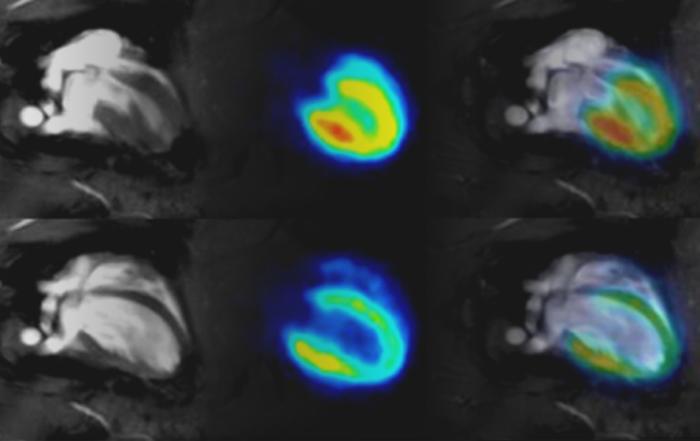Join Dr. Kerry Hughes, technical leader from Almac, for a presentation on the application of NMR in GMP settings to ensure high-quality performance of drug discovery workflows.
The use of Nuclear Magnetic Resonance (NMR) in GMP settings is extremely valuable: when applied correctly it helps to confirm the identity, strength, quality and purity of drug products and plays a key role in the production of reproducible drug discovery workflows.
In this webinar sponsored by Bruker BioSpin, Dr. Kerry Hughes, Technical Leader at Almac, discusses the convenience of utilizing NMR during various stages of the drug development process. She also reviews the importance of instrumentation qualification and routine performance checks, and shares specific examples of how Almac is using NMR to meet GMP regulations.
Key Topics Include:
- The versatility, convenience and accessibility of NMR
- NMR in a GMP environment requires qualification and controls to ensure continued high-quality performance
- Using NMR for supplier qualification, method validation, quantification of residual solvents and full structural elucidation of small molecules and peptides
- How Almac is using the Bruker 400 AVANCE with QNP probe and 500 AVANCE NEO with prodigy cooled CryoProbe in its GMP setting
Presenters
Technical Leader
Almac
Dr Kerry Hughes is technical leader and NMR senior analytical chemist at Almac in Craigavon, County Armagh in Northern Ireland. Kerry has been working for the Almac group for four years. Before this, she completed a PhD in medicinal and pharmaceutical chemistry at Queen’s University in Belfast.
Production Partner
Additional Content From Bruker Corporation
Unlocking Your Clinical Understanding of Post-Acute COVID Syndrome (PACS), Patient Recovery, and Risk of Subsequent Disease
Watch this webinar to learn about the metabolic changes during COVID-19 disease, how these can be accurately tracked and how NMR can improve the clinical understanding of Long-COVID.
Cardiac PET/MR Imaging in Small Rodents
Experts provide a comprehensive overview of approaches to address cardiac and respiratory gating in PET and MRI in rodent models.
SmartDriveNMR – The Next Generation of Automation
Bruker experts provide an overview of SmartDrive with a particular focus on the exciting new features. They offer practical examples and demonstrate the newest features and functions live!
Related Content
Innovative Approaches to Assessing Thyroid Disruption: The 3D Human Thyroid Microtissue Model
Dr. Chad Deisenroth, PhD, from the US EPA, introduces an advanced human in vitro 3D thyroid microtissue model designed to evaluate thyroid hormone disruption, addressing current challenges with existing models.
How to Better Predict Potential Drug Interactions Early in the Discovery Process
Join our webinar to discover effective strategies for early prediction of drug-drug interactions using in-vitro assays and gene expression studies.
Assessing Antigen-Specific T-Cell Functionality with Dendritic Cell/CD8⁺ T Cell Co-culture
In this webinar, learn how to set up DC and CD8⁺ T cell co-culture experiments and assess T cell proliferation and killing activity.







